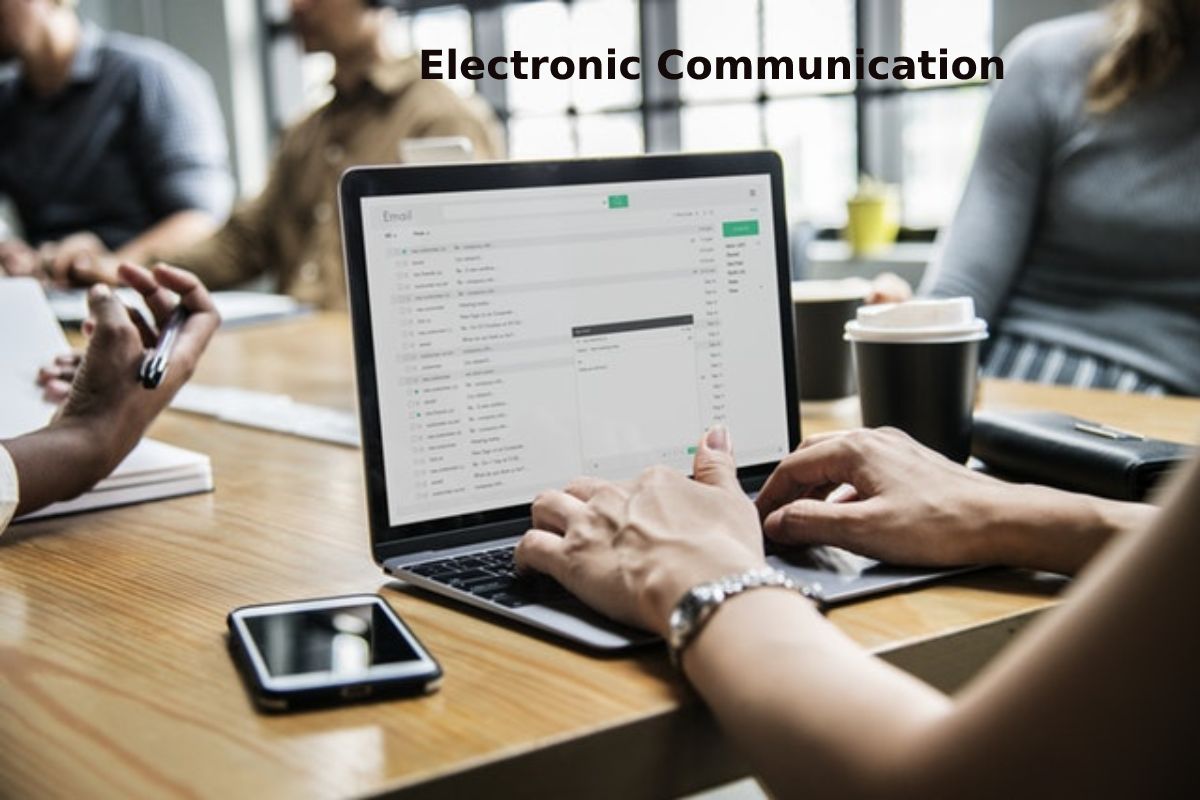Table of Contents
Definition
Electronic communication is a connection that uses electronic media to transmit data such as images, graphs, audio files, maps, software, or messages, using computers, phones, e-mail, voice and video calls, or fax machines.
Types of Electronic Communications
Types of electronic communications vary as they change to suit the needs of the public and the way they communicate for different purposes, whether personal or commercial. Here is an explanation of the different types of electronic communication:
Web Pages
Web pages are used to post certain content on different websites so that others can see it, as content can be simple text or contain multiple files and media such as photos, voice files, or videos, and web pages can archive and maintain information for long periods.
Some users seek information visit web pages and withdraw content they want, like many other forms of electronic communication, in which information attempts to impose on subscribers, who may not have an interest in such information.
E-mail is the most commonly used type of electronic communication, allowing someone else to be sent by mail instantly, where all it takes is to create an email account to send files, media, photos, documents, etc.
You should note that this type of communication has replaced many types of traditional communication due to its ease of use. Its availability is completely free of charge and does not adversely affect the environment or surrounding areas.
Forums
Forums provide an alternative that combines email features with web pages. Where the idea of forums is to host discussions on a specific topic. But the duration of these discussions varies as they can extend to months or even years.
You should note that these discussions involve dozens or even hundreds of participants. And most forums use a structure that allows participants to move on to any level of discussion.
Text and Instant Messages
Text messages include the use of cellular airwaves and special protocols to deliver text messages from a cell phone to another cell phone instantly. And text messages can be a faster means of communication than a phone call. As the sender does not have to wait for the recipient’s response at the same time.
These are sometimes called chats because they are easy to use and are an informal means. And instant messaging is similar to text messages. But they send using the internet instead of airwaves.
Social Networks
Social media allows communication between people of common interest or affiliation. Sites such as Facebook and LinkedIn provide platforms where people interact with each other. And microblogging services such as Twitter allow SMS messages of up to 140 characters to send and share with a large audience.
Video Chat
Video chat has many features, as anyone can contact you immediately. More than one person can contact at the same time using the Business Conference feature. And files can share while chatting, such as Skype or Hangouts.
The Pros of E-communication
e-communication are of great importance in individuals’ lives because of its many positives, which are as follows:
Quick Transmission
e-communication has a fast transmission service, taking only a few seconds to communicate via electronic media.
Wide-Ranging
Coverage through electronic communication, the world has become a global village. Requiring communications around the world for only a second. low-cost electronic communications save time and money. For example, SMS is cheaper than traditional paper messages.
Exchange of Views
E-communication allows users to exchange different opinions and comments instantly and quickly. And these views use to develop and improve sites to suit users’ needs.
Global Business
management e-communication allows businesses to control their business quickly and easily. And around the world, so that video communication and e-mail correspondence help managers in this regard and replace their actual presence.
Mobility when Transferring Information
Electronic communication allows mobility when transferring information, and a person does not have to stay in a specific place, as the devices use such as mobile phones, computers, etc. are mobile and mobile devices, so information and communication can be sent from anywhere.
Access to visual, Audio, and Text Communications
People can share photos, videos, and audio with their friends and co-workers through an online connection, where video and audio messages carry more details than text messages. With easy access and long-term storage, the user can save the information they receive or send temporarily for any period of time they want, and they can keep it permanent, print it, or store it on hard drives.


